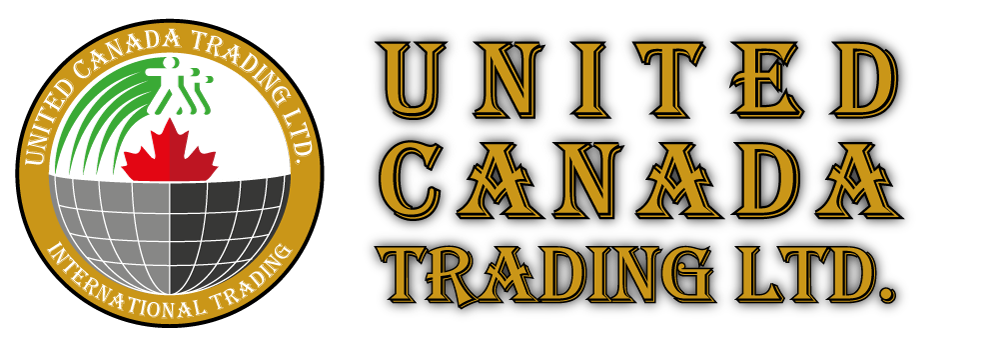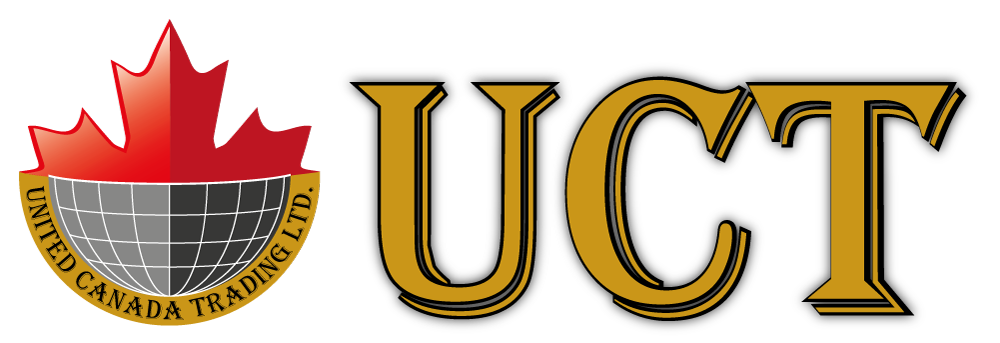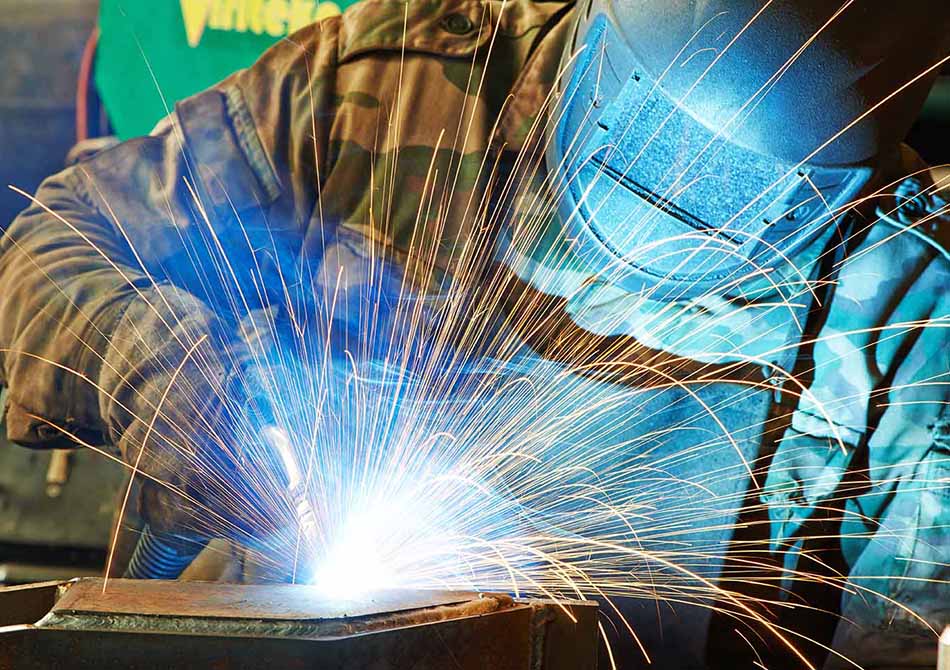
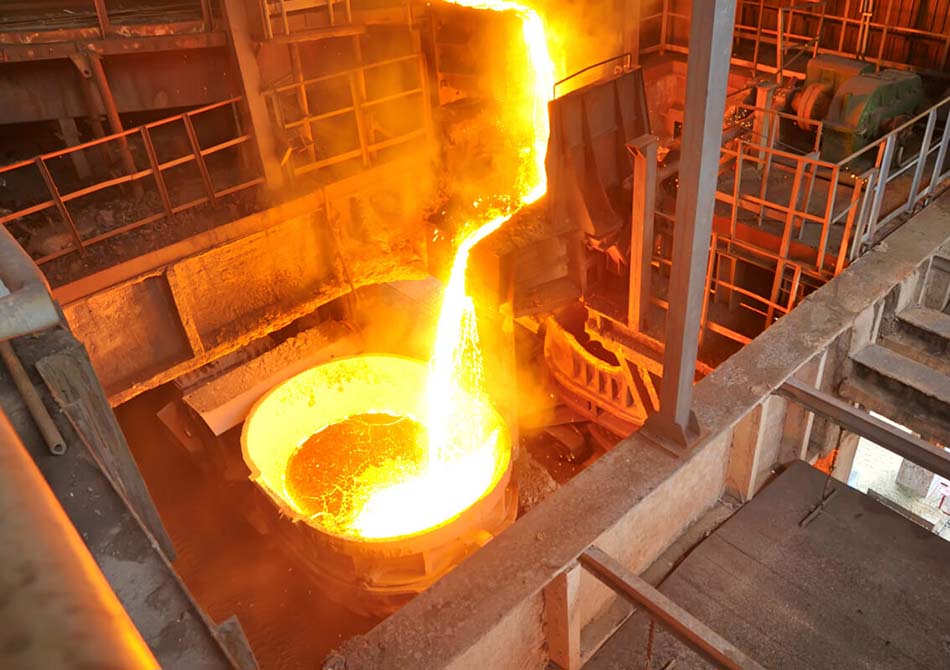
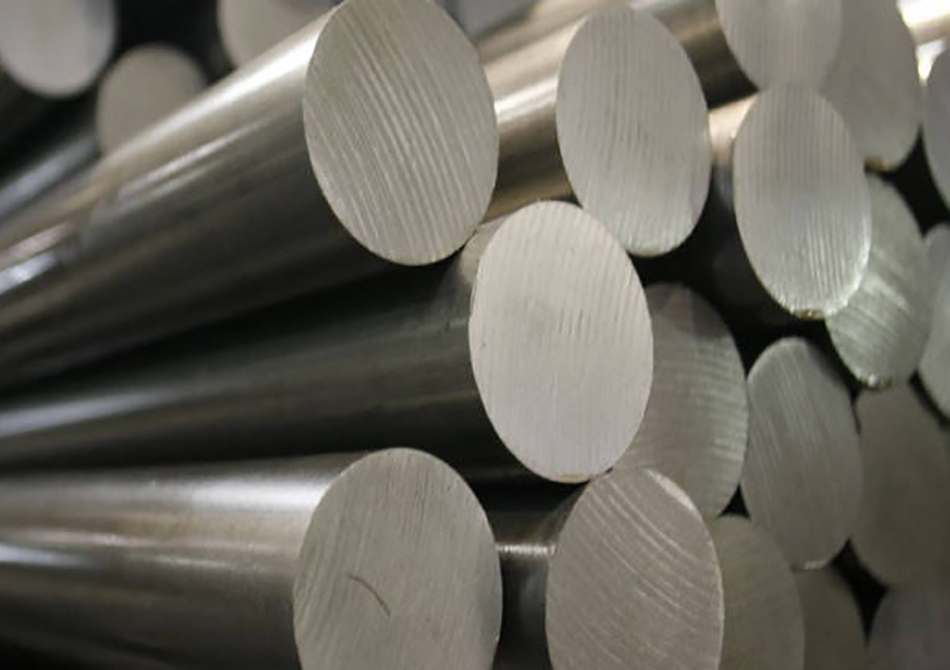
Metal Fabricators
Metal fabricators have numerous standard raw materials at their disposal that can reduce cycle times and workflow. This guide discusses the various types of raw materials that are typically used in metal fabrication.
Metal fabrication is the creation of metal parts, machinery, or components through forming, cutting, and other like processes. Common fabrication techniques include welding, lathing, broaching, grinding, milling and honing, though many metal fabrication shops offer a variety of specialties that may be well-suited to your specific needs. A vital process for virtually all manufacturers, metal fabrication ranges from industries such as automotive and electrical to food and beverage. Over the years, the use of popular raw materials has resulted in the standardization of many fabrication parts and components. Before beginning a metal fabrication process, it is helpful to understand which materials are available and appropriate for
our unique application. The following types of raw materials should be readily available from a wide variety of metal suppliers:
- Plate Metal
- Fittings
- Castings
- Formed and expanded metal
- Hardware
- Sectional metal
- Flat metal
- Welding wire
Casting Raw Materials
Casting, a fabrication process that has been in use for over 6,000 years, involves forcing liquid metal into a mold and allowing it to cool and harden in the desired shape. A high degree of custom flexibility makes casting an ideal choice for applications that require complex geometries. Raw materials used in the process typically include molten metal, but epoxies, concrete, and clay are also used. Common metals used in the casting process include:
- Aluminum
- Iron
- Steel
- Stainless steel
- Gold
- Silver
- Copper
- Magnesium
Formed And Expanded Metal Raw Materials
Expanded metal derives its name from the process through which it is created: stock metal sheeting is sheared in a press to create diamond-shaped holes surrounded by interlinked strands of metal—the shearing stretches (or expands) the metal to its final size. The resulting grate-like aesthetic makes expanded metal ideal for outdoor furniture, fencing, screen doors, and various architectural details; it is also used as guarding on machinery to avoid contact with hot surfaces. Expanded metal raw materials come in a variety of standard thicknesses and grating sizes.
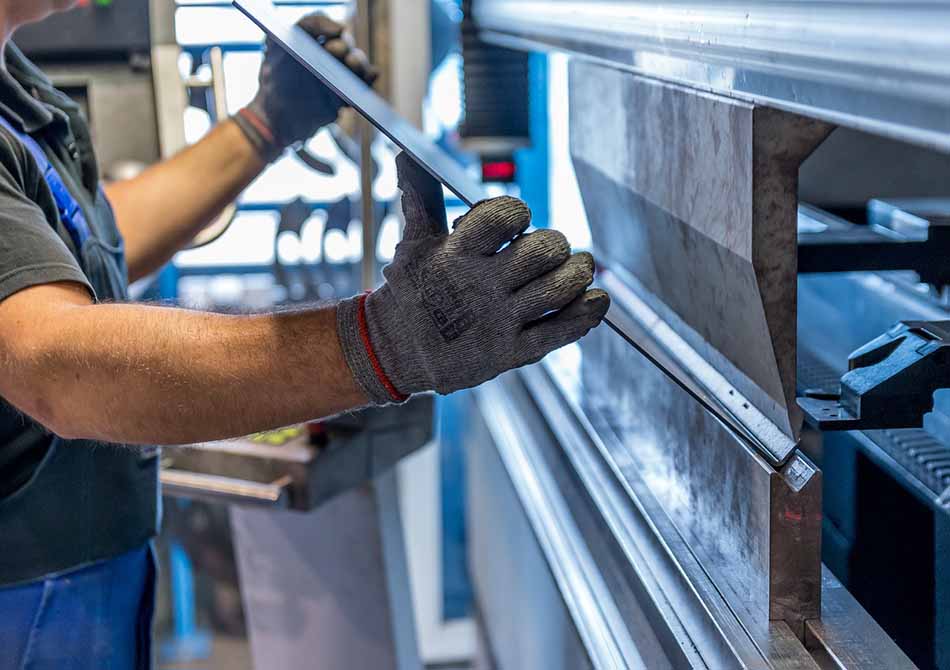
Types of Hardware Raw Materials
In terms of metal fabrication, hardware is defined as various standardized parts or fittings that are used to make a product stronger, more functional, or easier to fabricate. Categories of metal fabrication hardware are numerous, and include such basic raw materials as:
- Corners
- Handles
- Locks
- Keys
- Latches
- Chains
- Wires
Types Of Sectional Metals
Sectional metals are composed of steel and are available in a variety of standardized shapes—they are most commonly used in the engineering and construction industries. The American Society for Testing and Materials (ASTM) rigidly defines both the physical and chemical properties of each type of sectional metal.. Popular types include:
- I-beam: A long steel cross-section beam that resembles the shape of the letter “I.” In America, wide flange (WF) and H-beams are considered subsections of this category.
- Z-shape: This resembles the shape of the letter “Z,” with half a flange protruding in opposite directions.
- Hollow structural section (HSS): HSS consists of hollow piping and is available in a variety of standard shapes: square, circular, rectangular, and elliptical. HSS-shapes can also be angled, channeled, T-shaped or asymmetrical.
- Bar: This type of sectional shape consists of a flat, long, piece of rectangular cross-sectioned metal.
- Rod: A rod is a long piece of metal that is circular or square; rebar is one example of rod sectional metal.
Flat Metal Raw Materials
Flat metal is metal that has been pressed or rolled into very thin, flat pieces. The thickness of a particular piece of sheet metal can vary greatly, from less than a millimeter to several centimeters, and is measured in gauges. Flat metal raw materials can be broken into three general categories:
- Foil or leaf metal: This is the thinnest type of flat metal
- Sheet metal: Sheet metal is the most common type of flat metal, with typical thicknesses less than 6mm in size
- Plate metal: Flat metal that is thicker than 0.25 inches falls into this category
Welding Wire Raw Materials
Welding wire consists of easily soldered metals that have been formed into thin, circular rods. These raw materials are used to aid the welding process and are melted to help bond two or more pieces of metal together. Welding wire is available in a variety of thicknesses and metal types, allowing for customization in the welding process.
Benefits of Using Basic Raw Materials for Metal Fabrication
The usefulness of standardized raw materials for the numerous metal fabrication processes is immediately apparent. Having uniform shapes and sizes of raw materials reduces the amount of metal fabrication necessary to create a product and dramatically decreases production times. The result is a lower cost per piece fabricated.
The fact that different suppliers are required by the ASTM to use raw materials that are standardized across a narrow spectrum also serves to create compatibility and uniformity throughout an industry. Furthermore, it serves to ensure quality and structural integrity in metal fabrication processes.
